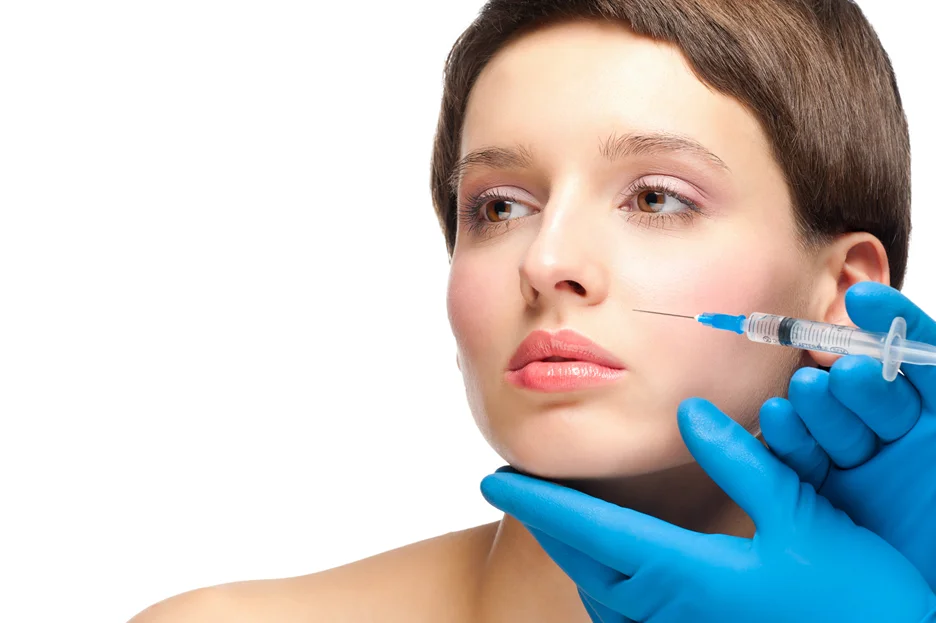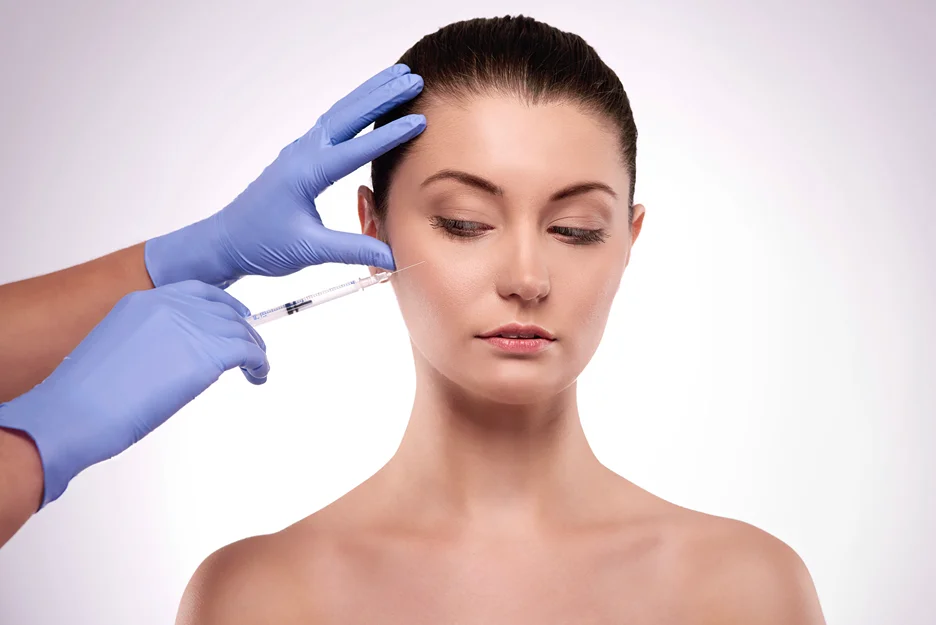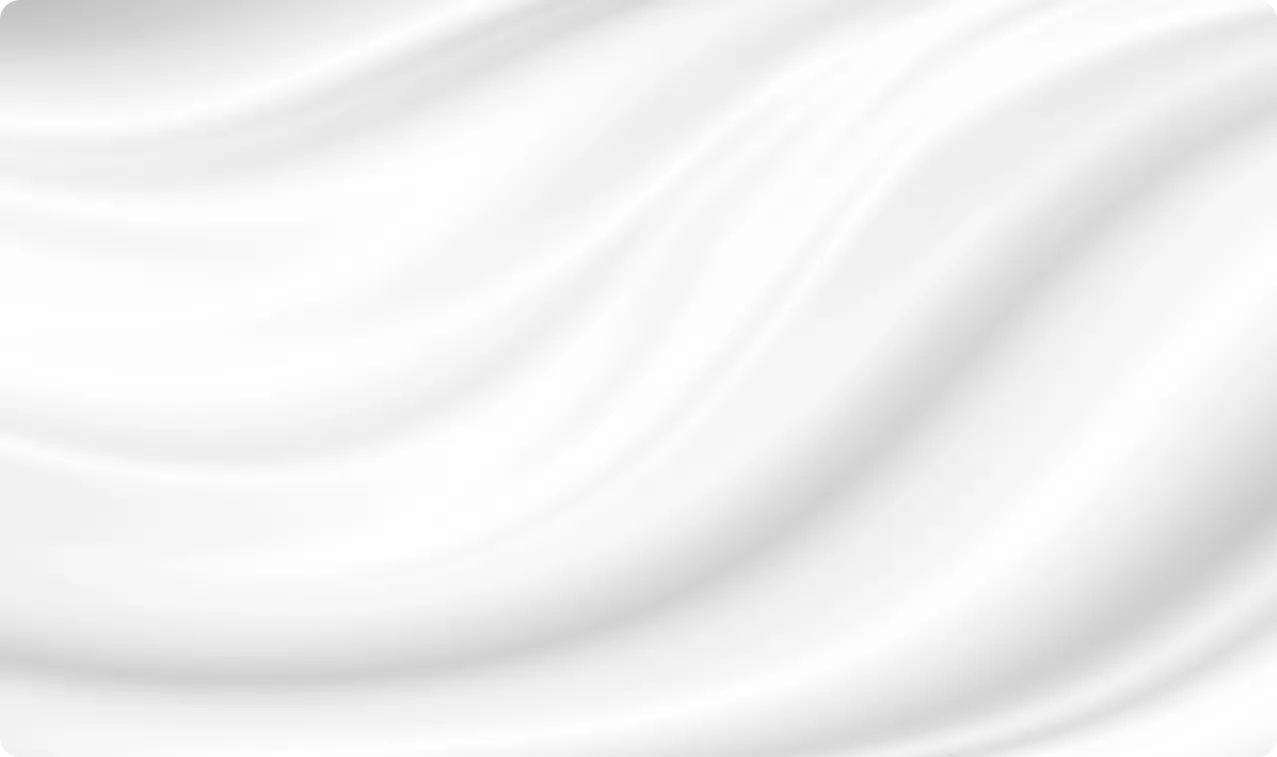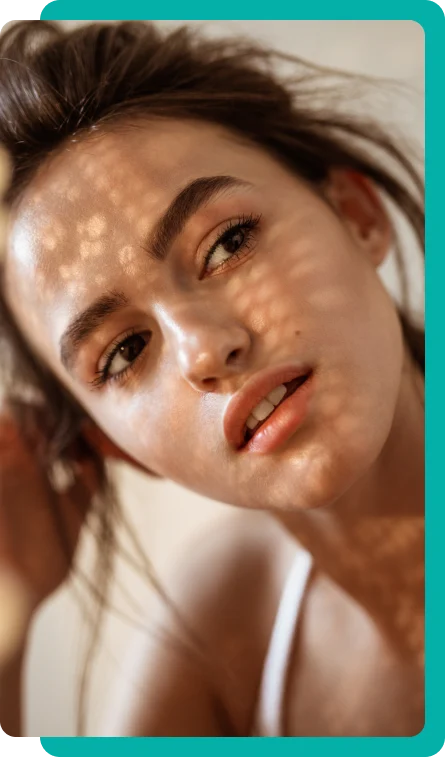While 1ml of cheek filler may provide some subtle improvement, it's generally not enough to create a significant difference in most people. The cheeks typically require more filler than other facial areas to achieve noticeable volume restoration and lifting.

The amount of cheek filler needed varies from person to person, depending on factors such as your facial anatomy, the degree of volume loss, and your desired outcome.
Here's a general guide to how much filler is commonly used in the cheeks:
Most experts recommend starting with a conservative amount of filler and gradually building up to your desired look over multiple treatment sessions. Using this kind of approach allows for more precise control over the final result and reduces the risk of overfilling or creating an unnatural appearance.
While 1ml of cheek filler may provide some subtle improvement, it's generally considered a relatively small amount for this area. The cheeks are a larger facial feature compared to areas like the lips or tear troughs, so they typically require more filler to achieve a noticeable change.
Here's what you can realistically expect from 1ml of cheek filler:
But 1ml is unlikely to dramatically transform the appearance of your cheeks or provide significant lifting of sagging skin. For more pronounced results, you may need additional filler or a combination of treatments.
Several factors can influence how much cheek filler you may need to achieve your desired results:
The size and shape of your cheeks, as well as the underlying bone structure, can impact how much filler is needed. Those with naturally fuller cheeks may require less filler than those with flatter or more sunken cheeks.
As we age, we lose volume in the cheeks due to decreased collagen production and fat loss. Older individuals may require more filler to restore a youthful appearance compared to younger patients.
The quality and elasticity of your skin can affect how well it responds to filler. Those with firmer, more resilient skin may achieve better results with less filler than those with lax or sagging skin.
The level of enhancement you're seeking will also determine how much filler you need. A subtle, natural-looking result may require less filler than a more dramatic transformation.

In addition to the amount of filler used, the type of filler can also impact your results. Different fillers have varying consistencies, longevity, and lifting capabilities.
Some of the most popular cheek fillers include:
Your injector will recommend the best filler for your individual needs based on factors such as your skin type, desired outcome, and budget.
While 1ml may not provide dramatic results, underfilling is unlikely to actively age your appearance. However, not addressing significant volume loss can leave you with a hollowed, aged look. Using optimal filler volumes helps restore youthful fullness.
Yes, strategic cheek filler placement can actually create the illusion of slimmer, more sculpted facial contours. When injected by an expert hand, fillers can enhance and define your cheekbone area for a sleeker look.
You'll notice some improvement right away, but full results can take 1-2 weeks to manifest as residual swelling subsides. Most providers recommend allowing up to 2 weeks before judging if you need additional filler.
No, undisciplined overfilling can certainly lead to an unnatural "overdone" look that may not settle ideally. It's better to gradually build up product over time under an expert injector's guidance.
Cheek fillers can actually work beautifully to restore volume on thin or gaunt faces that have lost significant fat pads over time. Higher filler volumes may be required in these cases for optimal rejuvenation.

New Patients Enjoy $100 OFF on Tox or Filler Appointments!
*minimum 1 full syringe or minimum 25 units; Cannot be combined
